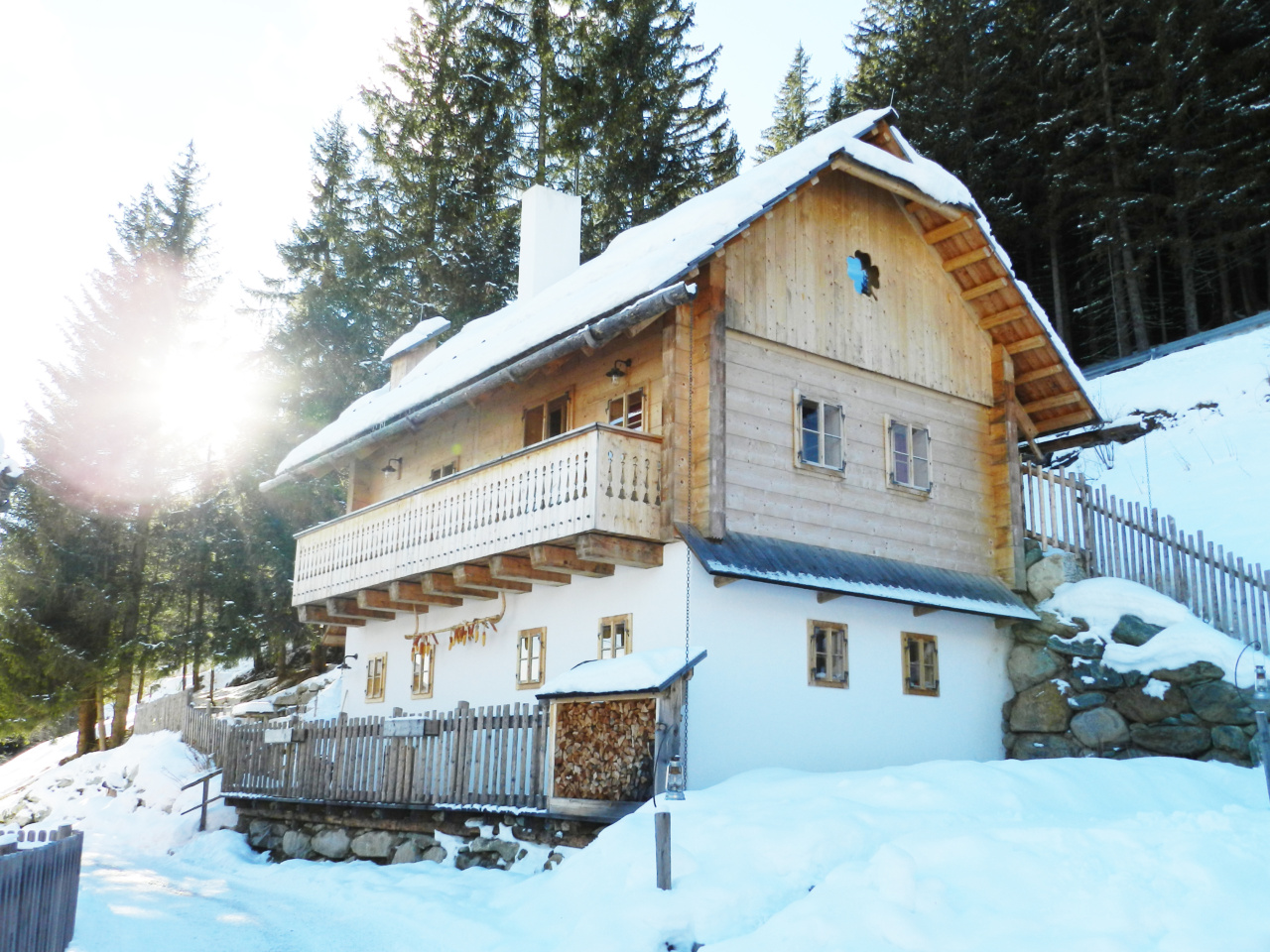Over the past decade, the frequency and intensity of wildfires have increased dramatically, posing a significant threat to homes and communities situated near wilderness areas.
These infernos in the wilderness have the potential to engulf properties, causing immense damage and putting lives at risk. As a homeowner, it is crucial to take proactive measures to safeguard your home and loved ones from the devastating impact of wildfires.
Understanding Wildfire Behavior
Before implementing preventive measures, it is essential to comprehend how wildfires behave. Wildfires spread through a combination of factors such as dry conditions, high winds, and vegetation density.
Sparked by various sources like lightning strikes or human activity, these fires can rapidly grow and move in unpredictable patterns. Understanding wildfire behavior can help homeowners make informed decisions when safeguarding their properties.
Creating Defensible Space
One of the most effective ways to protect your home from a wildfire is by creating defensible space around it. Defensible space involves modifying the area surrounding your property to reduce the chances of fire spreading.
This includes clearing dead vegetation, maintaining a safe distance between trees and structures, and incorporating fire-resistant landscaping.
Roof and Exterior Protection
Roofing materials and exterior features play a vital role in safeguarding your home against wildfires. Opt for fire-resistant roofs made of metal, tile, or non-combustible materials.
Regularly remove debris, such as dried leaves and twigs, from gutters and roof valleys. Install spark arresters on chimneys to prevent embers from igniting your home. Additionally, consider enclosing eaves, soffits, and vents to minimize the risk of ember intrusion.
Window and Door Strategies
Windows and doors are vulnerable entry points for flying embers during a wildfire. Strengthening these openings can significantly enhance your home’s resistance to fire.
Install tempered glass or dual-pane windows, as they are more resistant to heat. Consider applying fire-resistant coatings or films to provide an additional layer of protection. Replace external doors with solid wood or metal doors, which offer better fire resistance than hollow-core doors.
Fire-Safe Fencing
Fencing is an essential element of any home, but it can also contribute to the risk of fire. Choose fire-resistant materials for your fences, such as metal or masonry.
Ensure proper maintenance, as gaps between fence components can allow embers to enter your property. Clear vegetation and flammable materials from around the fence to prevent the fire from spreading.
Proactive Fire Safety Measures
Preparing for a wildfire involves more than just safeguarding your home physically. It also requires proactive fire safety measures. Equip your property with fire extinguishers and ensure they are readily accessible.
Install smoke detectors in every room and regularly test and maintain them. Develop an evacuation plan for your family, including a designated meeting point and a portable emergency kit stocked with essential supplies.
Community Cooperation
Protecting your home from wildfires is not solely your responsibility. Engaging with your neighbors and community can create a more resilient defense against infernos in the wilderness.
Stay informed about local fire regulations and participate in community fire prevention initiatives. Collaborate with neighbors to establish a neighborhood emergency response plan and share resources like fire-resistant tools and equipment.
Insurance Coverage
While preventative measures can significantly reduce the risk of wildfire damage, it is crucial to review and update your insurance coverage. Ensure your policy adequately covers wildfires and related risks.
Understand the terms of your policy, including coverage for rebuilding and temporary living expenses. Regularly reassess your coverage to account for changes in property value and potential increases in rebuilding costs.
Maintaining Vigilance
Protecting your home from wildfires is an ongoing effort and requires consistent vigilance. Remain aware of weather conditions, especially during periods of heightened fire risk.
Pay attention to wildfire alerts, evacuation orders, and updates from local authorities. Stay proactive in maintaining defensible space, updating fire safety systems, and practicing evacuation drills with your family.
Conclusion
As the threat of wildfires continues to grow, safeguarding your home becomes paramount.
By understanding wildfire behavior and implementing preventive measures, such as creating defensible space, fortifying your roof and windows, and maintaining fire-safe fencing, you can significantly increase your home’s resilience. Additionally, proactive fire safety measures, community cooperation, and appropriate insurance coverage contribute to a comprehensive and effective approach in protecting your home from the inferno in the wilderness.
























